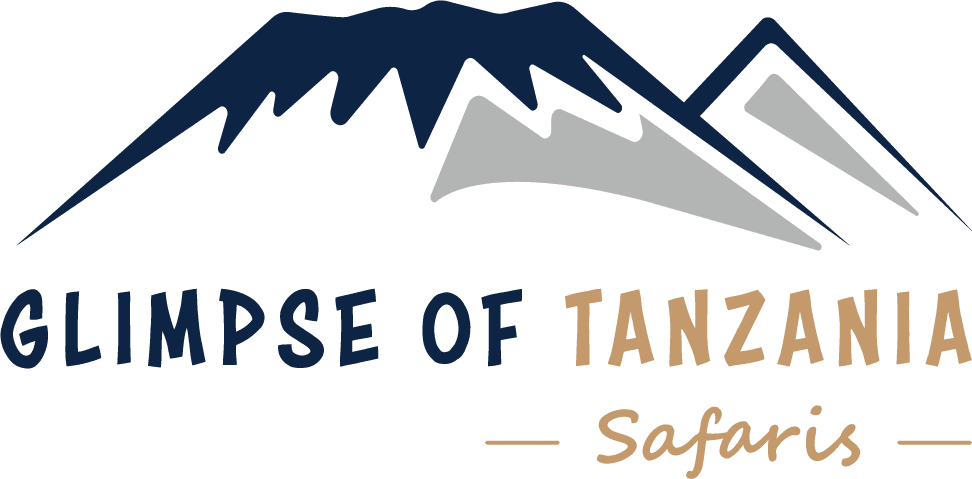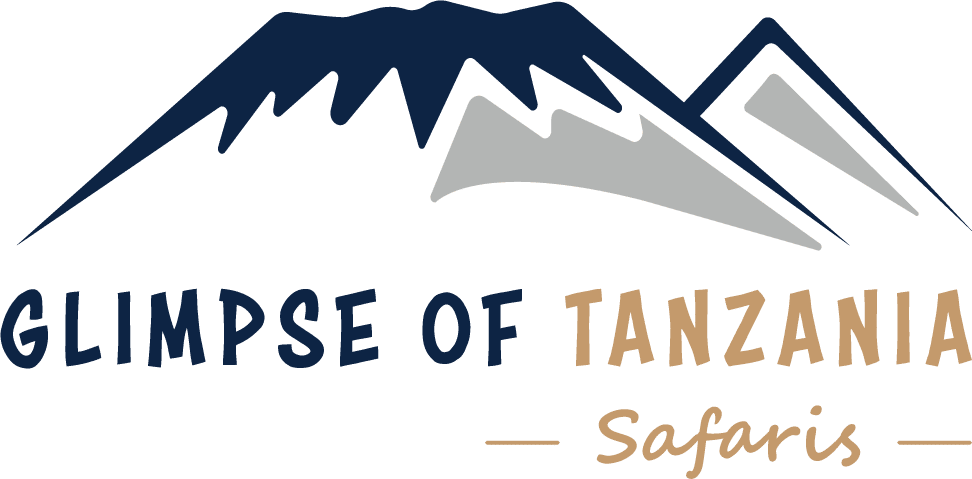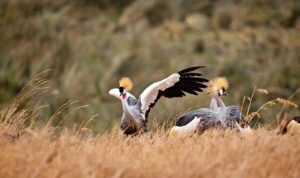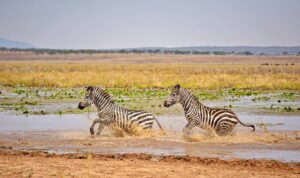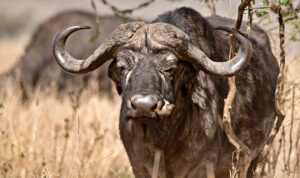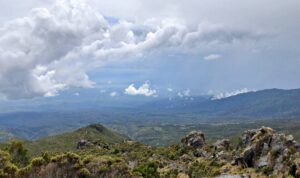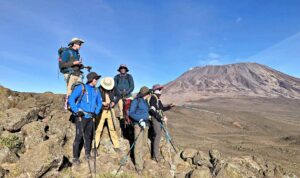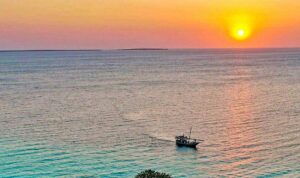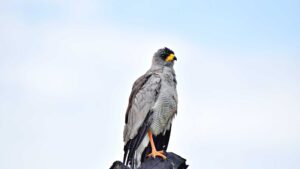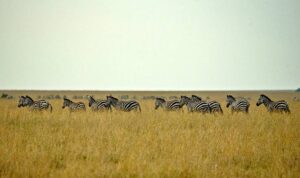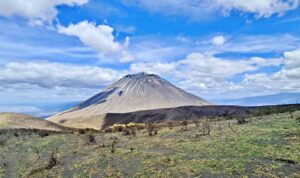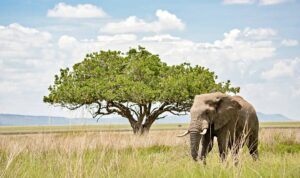恩戈罗恩戈罗保护区
大名鼎鼎的恩戈罗恩戈罗位于恩戈罗恩戈罗保护区内。该保护区曾是塞伦盖蒂国家公园的一部分,直到 1959 年,这两个野生动物保护区才分隔成两个不同的保护区,具有不同的保护地位。恩戈罗恩戈罗 恩戈罗恩戈罗保护区管理局 在恩戈罗恩戈罗保护区,野生动物可以与半游牧的马赛人共存,马赛人从一个地方到另一个地方寻找水源和牧场。因此,恩戈罗恩戈罗保护区是一个多功能保护区,兼顾居住、放牧、保护和旅游。
恩戈罗恩戈罗火山口由火山爆发形成,随后坍塌沉没,留下一个巨大的火山口。保护区内的火山口既有人类居住,也有包括濒危物种在内的野生动物。由于火山口风景优美,景色壮丽,是动物的天堂,因此被称为 "伊甸园"。这个令人叹为观止的火山口堪称世界自然奇观之一。
天气
保护区有两个不同的季节,游客需要注意:旱季和雨季,旱季是体验野生动物园的最佳时节,雨季时植被茂盛,绿草如茵,牧场面积更大。在雨季,草变得又长又密,因此不容易发现野生动物,尤其是食肉动物。这两个不同的季节使火山口独具特色,这取决于旅行者的兴趣。
6 月至 10 月为旱季,天气晴朗,植被干燥。在这段时间里,该地区的植被密度会降低。较少的植物密度使观察野生动物变得简单,因为动物的藏身之处较少,可以看到它们在水体周围出没。在旱季,您可以看到动物自由漫步的美丽景色,从而更好地了解整个火山口的生态系统。
继续阅读11 月至次年 1 月是短雨季,3 月下旬至 5 月是长雨季。在这个季节,游客较少,植被茂密,因此不易发现野生动物,尤其是食肉动物。尽管有这两个不同的季节,我们还是强烈建议您根据自己的兴趣,在一年中的任何时候游览恩戈罗恩戈罗火山口。恩戈罗恩戈罗火山口白天不会很热,但火山口边缘会很冷,晚上可能会结冰。
恩戈罗恩戈罗的活动
查看我们的 野生动物园页面 查看包括恩戈罗恩戈罗在内的推荐行程列表
野生动物游猎
NDUTU 地区
这里是保护区的西北部,与塞伦盖蒂南部接壤。在恩杜图,很难区分塞伦盖蒂和恩戈罗恩戈罗两部分,即使是一些常来的游客,如野生动物园导游,也很难区分。与塞伦盖蒂中部或火山口内的野生动物相比,恩杜图的常驻野生动物并不多,不过,这里却是野马和斑马迁徙的绝佳地点。
犊牛期
塞伦盖蒂的角马大迁徙从未间断,一直在持续,角马不断迁徙。恩杜图是生命开始的地方,每年的三月到五月,它们都会来这里产仔。它们从南面进入塞伦盖蒂,向西到达格鲁梅特地区,然后向北穿越马拉河。
产犊季节带来了许多捕食者,它们急切地想要捕获容易得手的猎物。随着恩杜图平原上无数的角马、斑马、牛犊和羚羊的涌入,大型猫科动物发现它们的食物栖息地越来越近,食物不再稀缺。
保护区允许在恩杜图进行越野活动,因此该地区非常适合想要更接近动物的野生动物爱好者。摄影师认为恩杜图野生动物园是所有野生动物园中最好的。如果有人希望与野生动物生活在一起,就应该考虑到恩杜图进行一次野生动物园之旅。
恩戈罗恩戈罗火山口内的游猎活动
进入火山口后,你会开始好奇恩戈罗恩戈罗火山口内的生态系统有多完整。包括天气在内的一切都与火山口边缘的极寒天气不同。不同的野生动物共存,这里的水源甚至足以让河马享受生活。除了迁徙的火烈鸟等少数鸟类,火山口内的大多数动物都是留鸟。
在游猎途中,您将穿过郁郁葱葱的森林,下到火山口底部。在地面上,您可以看到犀牛和其他野生动物自由漫步的壮观景象。斑马是常见的动物,如果幸运的话,您可能会看到狮子狩猎。猎豹也会出现,但很少被发现。您将看到的一些著名野生动物包括:大象、水牛、水鸭、角马、疣猪、苇鸭、豺、薮猫、河马、瞪羚、东非野狗、鬣狗、狒狒以及许多种类的鸟类,如火烈鸟和外来鸟类。
观鸟
恩戈罗恩戈罗保护区是众多鸟类的家园,包括候鸟、草原鸟和特有鸟类。观鸟的最佳时间是上午,但傍晚时分是最佳的探索时间,因为许多鸟儿在觅食后会返回自己的巢穴。
经验丰富的鸟类向导将带您参观并讲解不同的鸟类栖息地,如森林、草原平原、马加迪湖、沼泽等。在观鸟过程中,您将观赏到黑鸢、小火烈鸟、灰冠鹤、秘书鸟、鸵鸟、白眼斜齿飞鴞、活图拉科鸟、肯尼亚红雀、黑翅杓鹬、希尔德布兰特雀、杰克逊寡妇鸟等鸟类。雀、杰克逊寡妇鸟、科里鸨、哈特利布鸻、非洲琵鹭、纳马夸鸽子、埃及秃鹫、红鹫和黄鹫、红尾织女鸟、玫瑰色长爪鸟、维留鹰等等。
自然漫步
这是在恩戈罗恩戈罗保护区进行的一项冒险活动,游客有机会在知识渊博的公园导游和武装护林员的指导下徒步探索保护区,保护游客免受任何危险。恩戈罗恩戈罗保护区提供短途和长途徒步旅行,如徒步前往 Empakai 或 Olmoti 火山口,以及火山口边缘徒步旅行。
在自然漫步导游的带领下,您可以近距离接触保护区内的一些野生动物。这些物种包括:动物、鸟类,如大火烈鸟和小火烈鸟、冠鹰、白眼斜嘴飞鸟、金翅太阳鸟、观赏色彩斑斓的蝴蝶、与马赛人和他们的牛群邂逅、观赏火山口以及不同的植物和树种。
游流沙
恩戈罗恩戈罗保护区拥有最独特的景点,包括著名的流沙。 通过游览大草原上最不起眼的部分,让您的坦桑尼亚之旅更加丰富多彩。在通往塞伦盖蒂国家公园的路上,奥杜威峡谷附近有两个新月形的细沙丘。与周围的土壤沙丘相比,这些移动的沙子颜色特别深。这是因为它被火山灰高度磁化了,这也完美地解释了为什么沙粒在抛向空中时往往会落回沙丘上,而不是被风吹走。
我们可以将一把沙子抛向空中,看看沙子是如何夹在一起并重新连接沙丘的。 然而,当强风刮起时,这些沙丘(也被称为 "沙丘")就会开始移动。沙丘颗粒以每年平均 55 英尺(17 米)的速度在沙漠中缓慢而稳定地移动。据估计,这些移动的沙丘已经在大草原上穿梭了 300 万年。
当地的马赛人相信,移动的沙丘来自附近的神山 Ol-Doinyo Lengai。在此停留并探索这一迷人景观将为您的旅程增添更多价值。
最佳旅游时间是 6 月至 10 月的旱季。这是因为通往沙丘移动区域的小路在旱季需要一辆 4×4 车辆,而且不建议在雨后不久前往沙丘,因为小路可能会变成无法通行的泥坑。
游览伊鲁瓦伊峡谷
该考古遗址由玛丽-利基和路易斯-利基于 1959 年创建。这个位于塞伦盖蒂平原东部的古人类遗址现由坦桑尼亚政府文化古迹部管辖。这是一座致力于欣赏和了解奥杜威峡谷和拉埃托利化石遗址的博物馆。
恩戈罗恩戈罗保护区内的奥杜威峡谷是地球上最重要的考古遗址之一。峡谷中裸露的地质层揭示了数千年前动物和人类进化的非凡记录。在奥杜威发现的重要元素包括各种类型的石器、数以千计的动物化石(包括已灭绝和现存的物种)以及类人猿(前智人)和早期智人的骨骼化石。
人类的摇篮
恩戈罗恩戈罗之旅将带您前往 "人类摇篮 "莱托利。在这里,大约一百万年前火山爆发后沉积下来的泥灰中奇迹般地保存着三条小脑袋直立行走的早期人类足迹--"澳洲人猿"(Australopithecus Afarensis)。
最终证明,这些生物直立行走(两足),步幅与人类相似,比石器的发明和类人猿大脑的最初增长早了一百万年。这无疑是当时最令人震惊和最伟大的科学发现之一。参观拉埃托利时,您可以在拉埃托利博物馆(Laetoli Museum)看到并触摸到巨大的 "露西 "脚印模型。
奥杜威峡谷博物馆(Olduvai Gorge Museum)展示了路易斯-利基(Louis Leakey)和玛丽-利基(Marry Leakey)50 多年来的发现以及最近对峡谷的调查。博物馆和游客中心提供大量具有教育意义的展品,包括人类祖先的化石和手工艺品,以及许多曾与世长存的灭绝动物的骨骼。此外,还有内容丰富的讲座、考古遗址特别导游和土著手工艺品。奥杜威峡谷可由奥杜威博物馆的工作人员带领参观。
